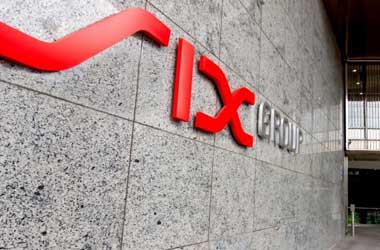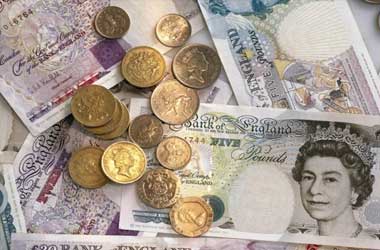 The Korean won strengthened against the greenback after the Bank of Korea maintained its benchmark interest rate at a historical low level of 0.5% on November 26, in line with economists’ estimates, against the backdrop of an extended impact of Covid-19. The government has enforced stringent social distancing measures following a third wave of infections.
The Korean won strengthened against the greenback after the Bank of Korea maintained its benchmark interest rate at a historical low level of 0.5% on November 26, in line with economists’ estimates, against the backdrop of an extended impact of Covid-19. The government has enforced stringent social distancing measures following a third wave of infections.
At the time of writing this article, the USD/KRW pair was trading at 1,102.6169, down 4.9370 or 0.45% from prior close. Furthermore, the central bank’s policy board slightly revised its FY20 GDP to -1.10%, from the prior estimate of -1.30% as investment in facilities has begun to rebound and exports are increasing.
Policymakers now forecast a GDP growth of 3% next year, up two notches from the 2.8% growth projected earlier. In the meanwhile, demand side inflationary pressures are expected to stay weak. The board confirmed that it will leave the accommodative monetary policy unaltered and continue to monitor increasing household debt, impact of pandemic on economic activity and financial markets. So far in 2020, the central bank has slashed rates by 75 basis points.
The Business Survey Index (BSI), reflecting business environment in the manufacturing industry in South Korea, increased to 85 in November, from 79 in the earlier month. It was the highest figure recorded since April 2012 as the economy rebounds from the Covi-19 pandemic. With respect to the non-manufacturing sector, the BSI was 73 in November, an increase of 4 points from October. The outlook for the upcoming month also increased 3 points to 72.
The Composite Consumer Sentiment Index (CCSI) was 97.90 in November, an increase from 91.60 in the earlier month. The reported figure is the highest since January, as Covid-19 infections fell and the economic rebound carried on. There was an improvement in all six sub-indexes, led primarily by domestic economic conditions, which recorded an increase of 14 points to 72.
Likewise, prospective domestic economic scenario rose by 8 points to 91. In the meantime, future household spending increased 4 points to 104. Future household income and current living standards increased 2 and 3 points to 96 and 89, respectively.
The country’s current account surplus widened to $10.21 billion in September, from $7.76 billion in the corresponding period last year. The goods account surplus widened to $12.02 billion, from $8.70 billion in the prior-year period.
In the meantime, the services shortcomings narrowed to $0.20 billion, from $0.23 billion. Similarly, the secondary income surplus declined to $0.65 billion, from $1.58 billion last year. The year-to-date current account surplus widened to $43.40 billion, from $41.80 billion.
The unemployment rate surged to 4.2% in October, from 3.9% in the earlier month. In October 2019, the unemployment rate stood at 3.5%. The reported figure was higher than the 3.6% jobless rate anticipated by economists. The number of unemployed rose by 81,000 to 1.170 million.
Likewise, the number of employed increased by 54,000 to 26.841 million. During the same period, the labor force participation rate rose to 62.4%, from 62.20%. Nevertheless, the employment rate stood at 59.80%.




